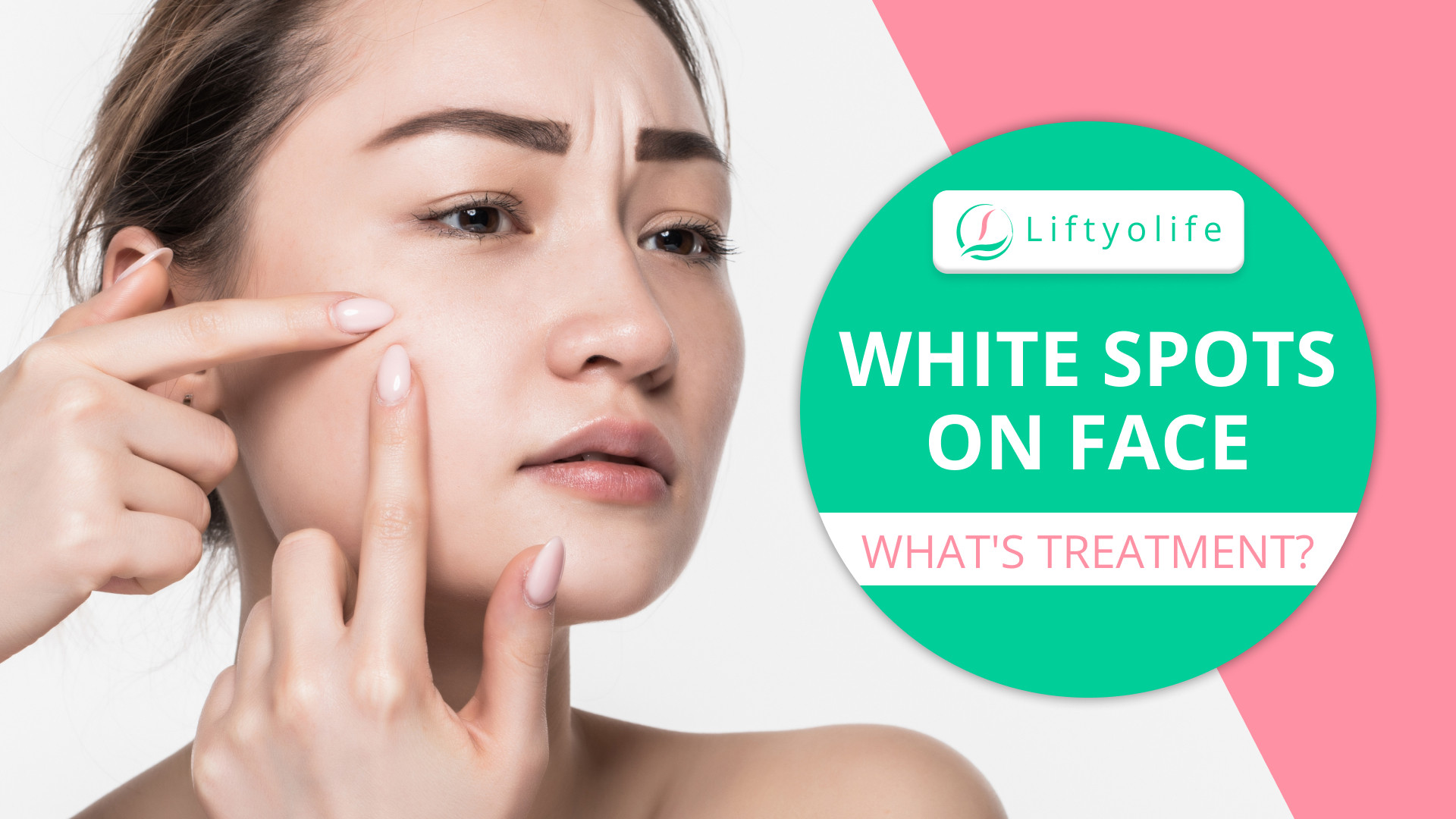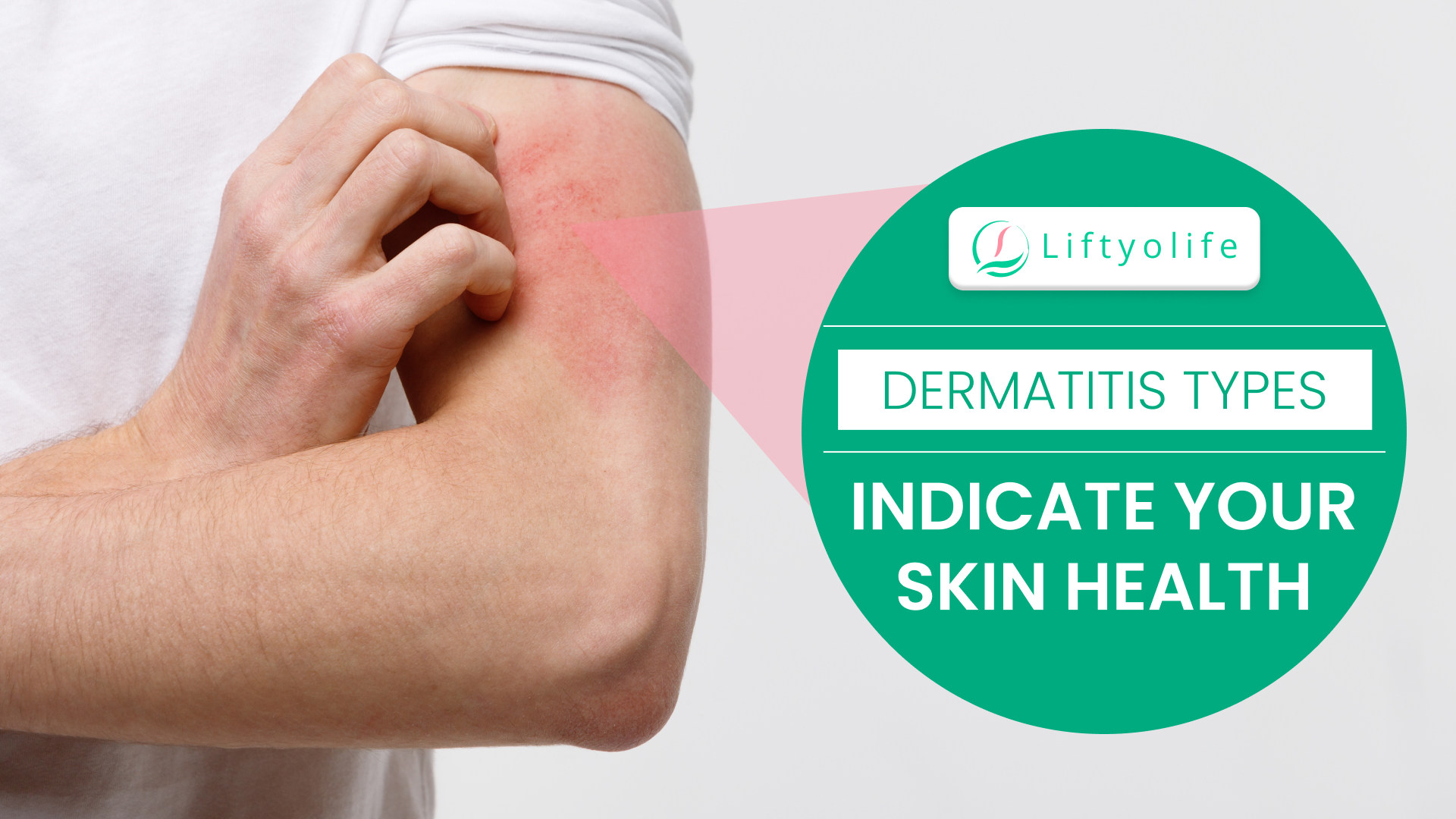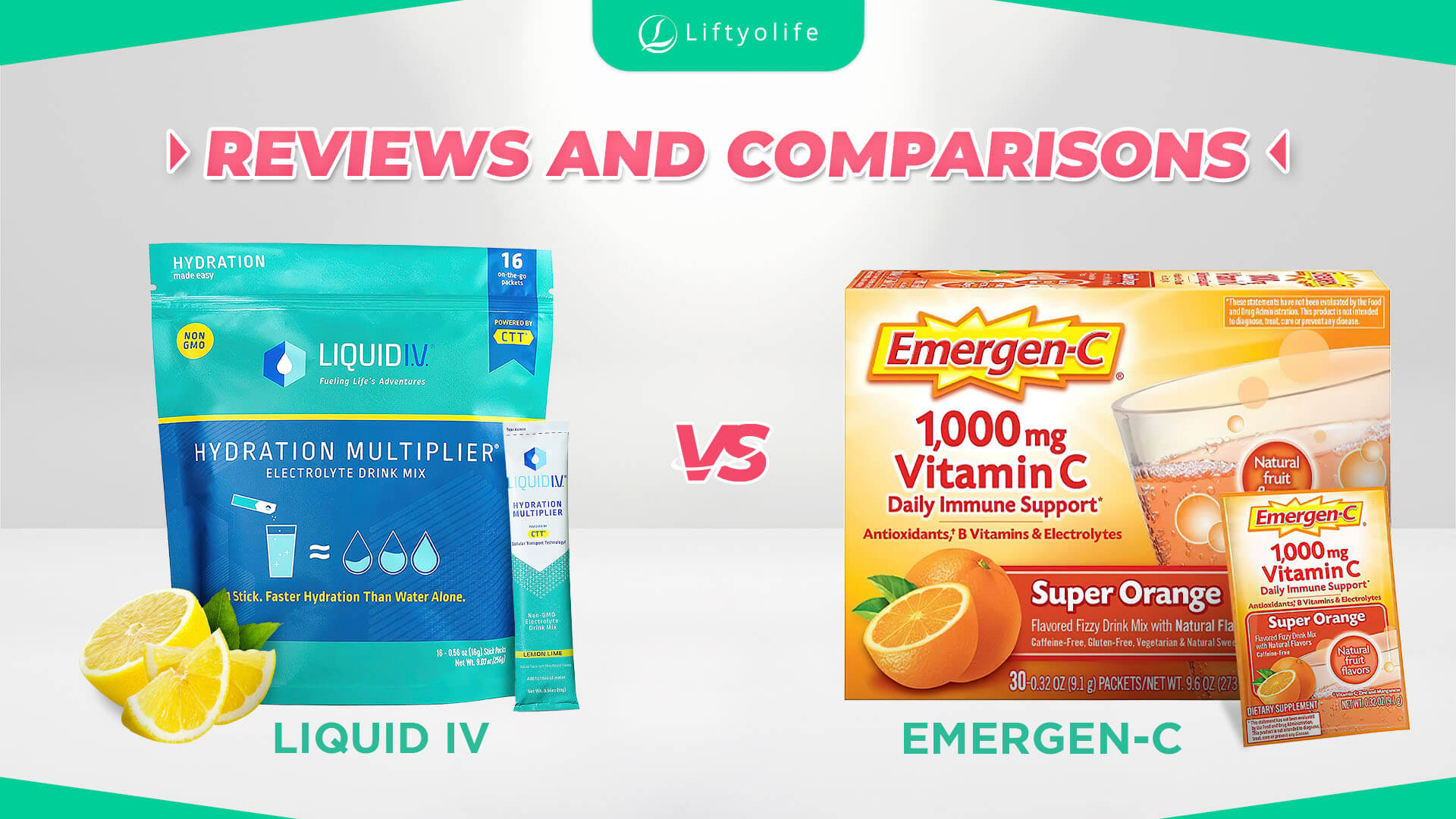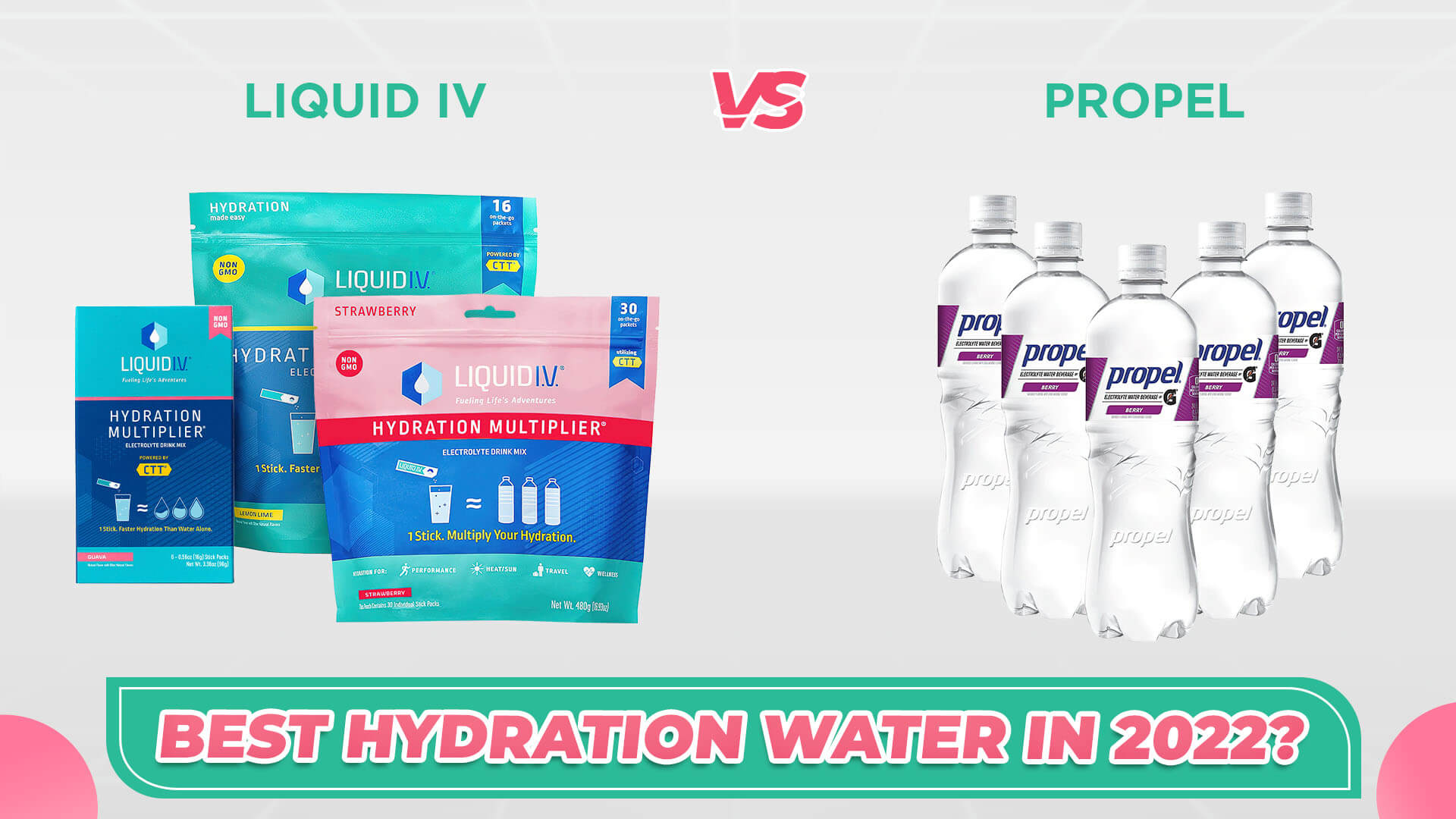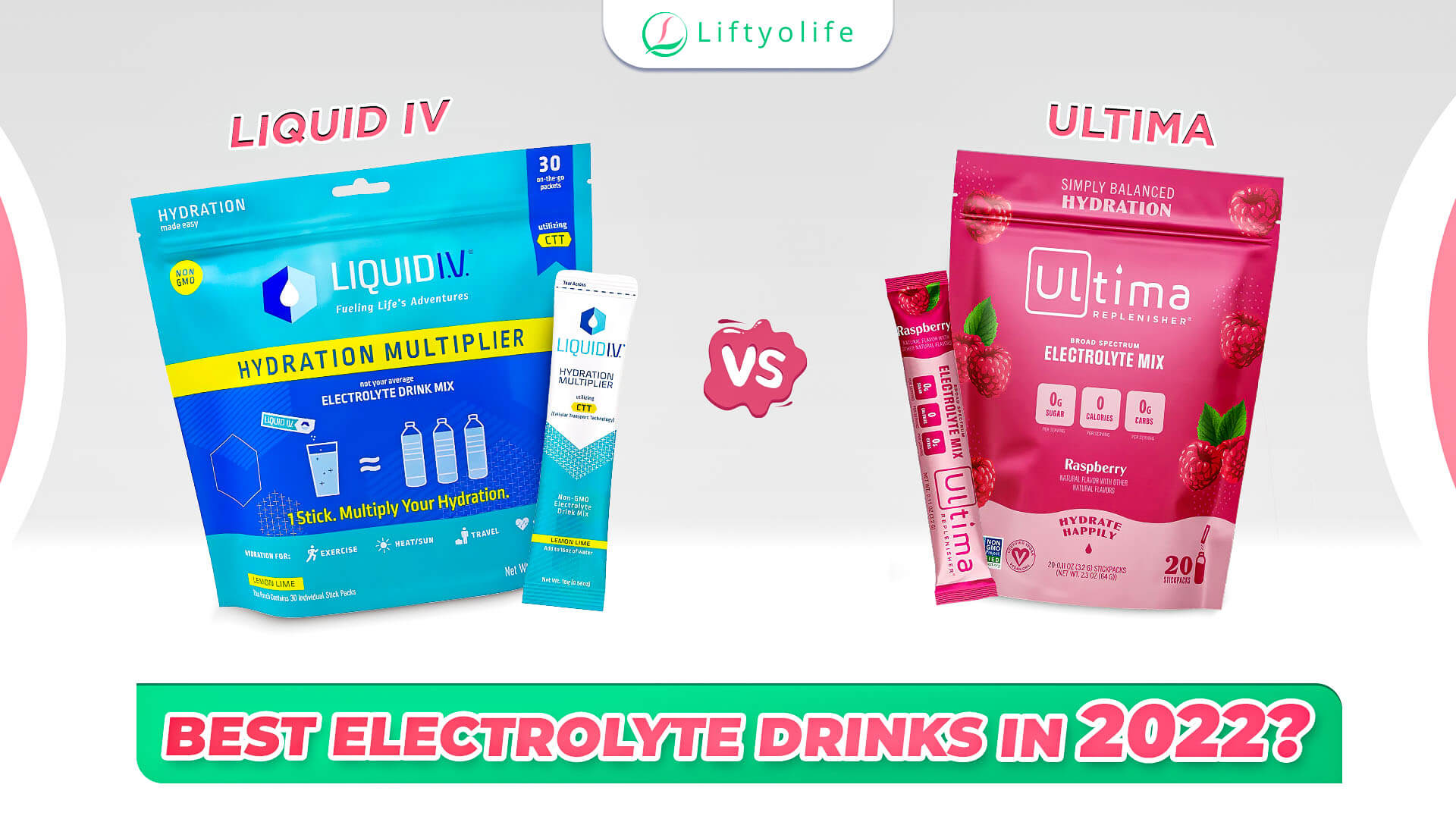Contagious Skin Diseases: Types, Symptoms & Treatment
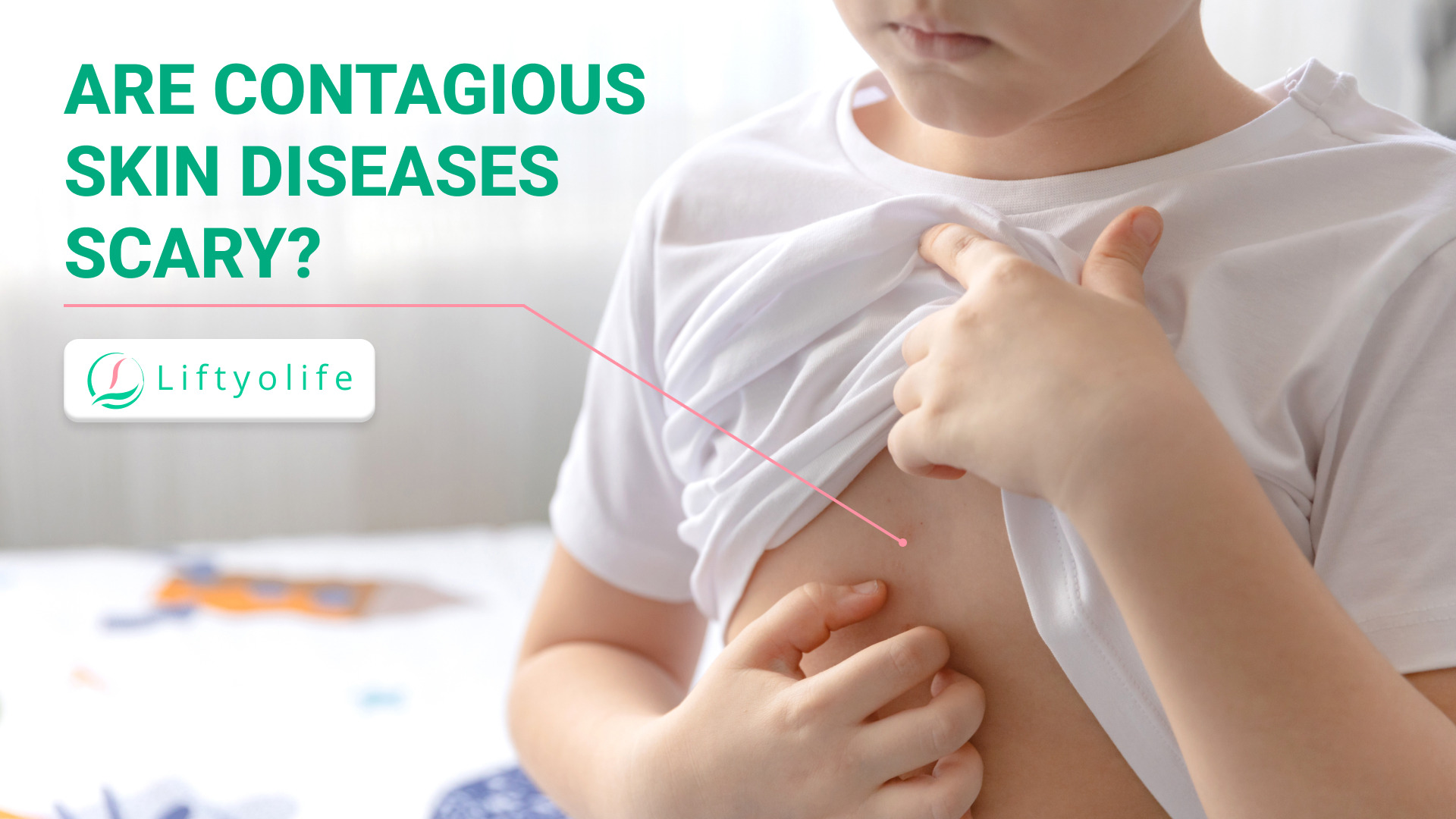
Contagious skin diseases not only make you uncomfortable, can be caused by itching, and cause unsightly pimples, but they also have the potential to spread to everyone around you. As a result, many people are terrified of these diseases. Today’s Liftyolife (liftyolife.com) article will teach you everything you need to know about skin diseases, symptoms, and treatments. Now you can follow us.
1. What are contagious skin diseases?
Contagious skin diseases are skin problems caused by viruses, bacteria, or fungi. These factors penetrate the skin and cause infections. More than that, the conditions can spread to other parts of the body or even to other people.
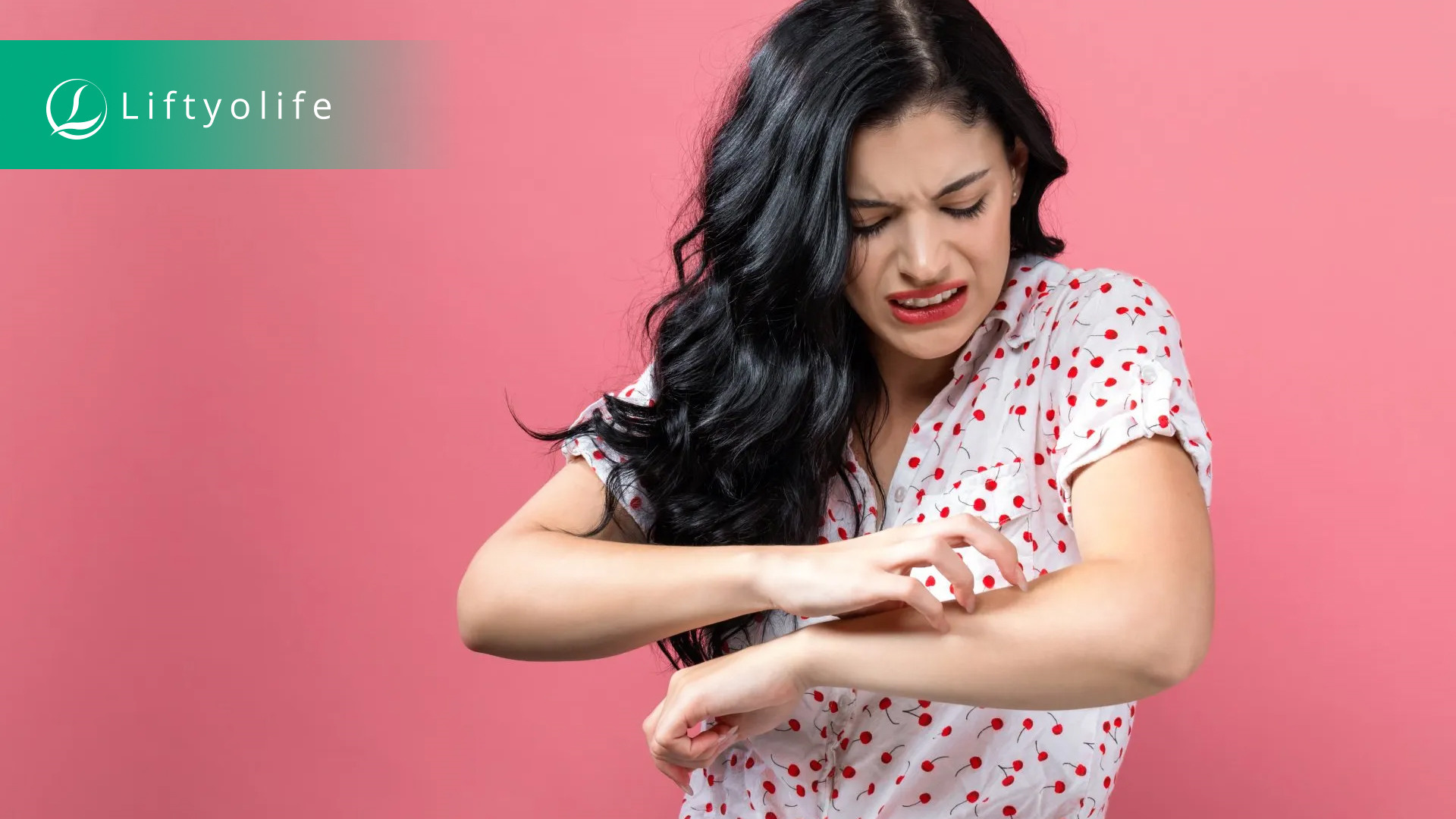
What are contagious skin diseases?
For example:
- Molluscum contagiosum: This disease is a virus that spreads to other parts of the body through scratching or from person to person. Molluscum contagiosum is frequently acquired through sexual contact in adults.
- Impetigo: This infection is spread through contact with an infected person’s sores.
- Shingles: They are caused by the same virus that causes chickenpox.
- Fungal infections occur when people breathe in or brush up against fungal spores in the environment.
- Scabies: This skin disease is caused by microscopic mites that burrow into the skin to live and feed. Skin-to-skin contact or infested items such as furniture and bed linens spread the infection.
- Athlete’s foot: The fungus that causes athlete’s foot is frequently found on damp surfaces, such as those around a swimming pool or in public showers.
- Ringworm: This fungal infection is spread through skin-to-skin contact with an infected person or animal.
2. List of contagious skin diseases & symptoms
2.1. Contagious skin diseases in children
2.1.1. Diaper rash
Diaper rash is skin irritation. Diaper rash, also known as diaper dermatitis, causes itchy burning and redness on areas of the skin that rub against a diaper.
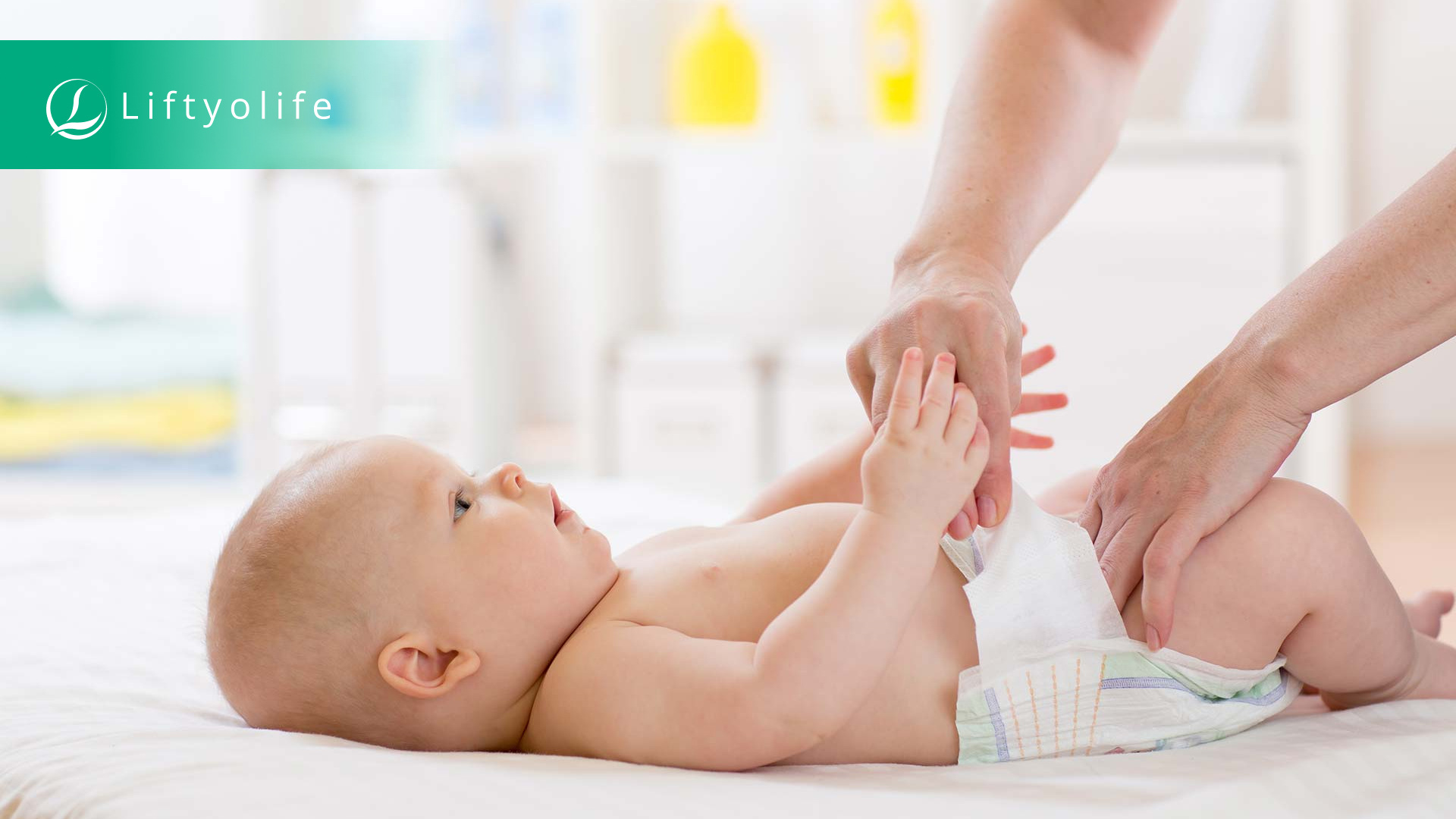
Diaper rash
What are the signs and symptoms?
- Skin becomes red and irritated.
- Feel warm to the touch of the skin.
- If a bright red diaper rash persists for more than 48 hours or is accompanied by a strong urine odor, this could indicate dehydration.
2.1.2. Thrush
Oral candidiasis (oral thrush) is a skin condition where the fungus Candida albicans accumulates on your mouth’s lining. Usually, Candida is a normal organism in your mouth, but it can overgrow and sometimes cause symptoms.
Oral thrush usually appears on the tongue or inside the cheeks. But it sometimes spreads to the roof of your mouth, your gums, tonsils, or the back of your throat.
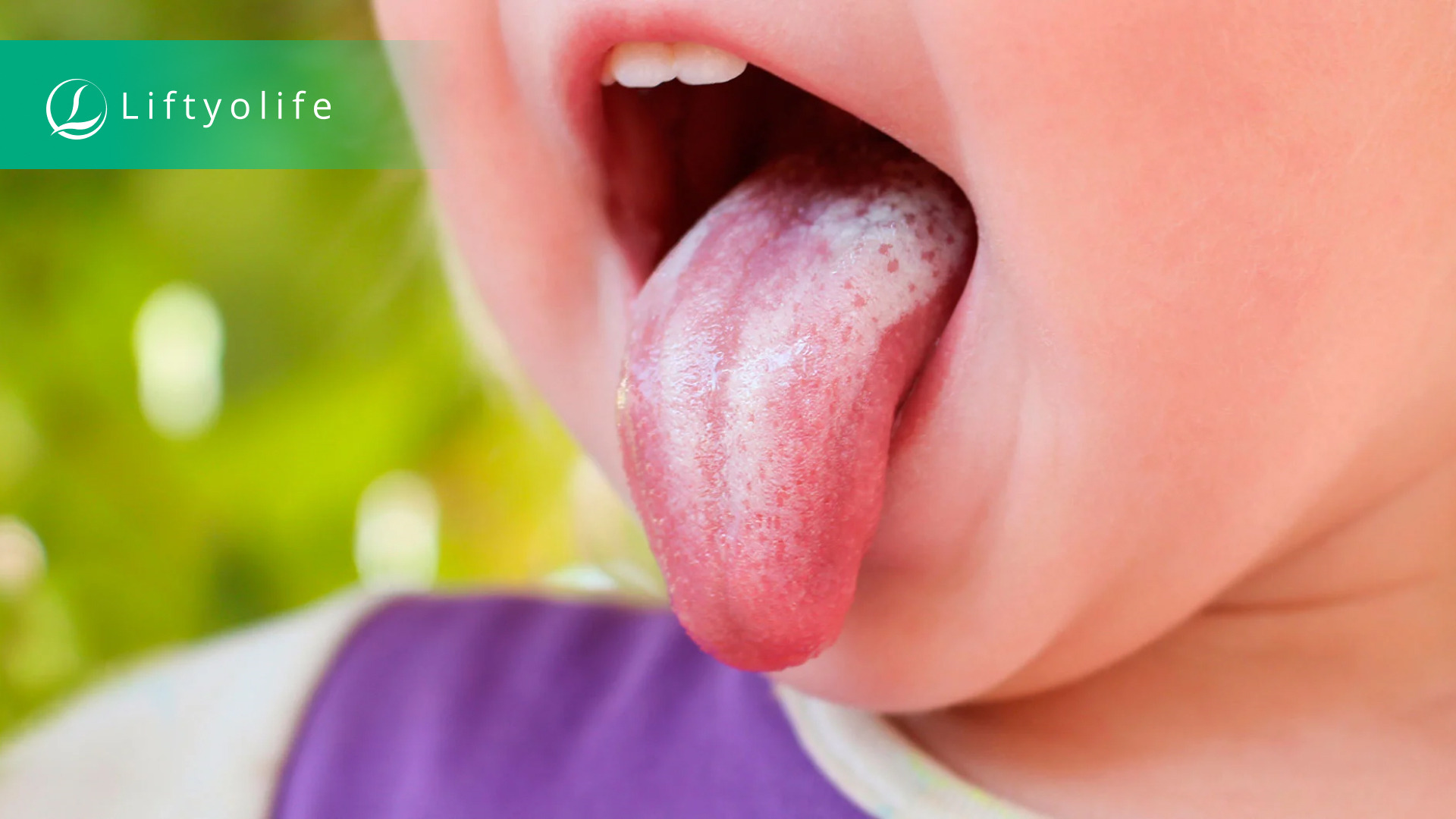
Thrush
What are the signs and symptoms?
- Burning, redness, or soreness make eating or swallowing difficult.
- Creamy white lesions:
- on the tongue,
- inner cheeks,
- on the roof of your mouth, gums, and tonsils.
- Cracking and redness around your mouth’s corners.
- A cottony sensation in your mouth.
- If the lesions are rubbed or scraped, they may bleed slightly.
- Lesions that are slightly raised and have a cottage cheese appearance.
- Loss of taste.
2.2. Contagious skin diseases in adults
2.2.1. Herpes
Herpes is a skin infection that is spread through sexual contact. Herpes simplex virus type 1 (HSV-1) or herpes simplex virus type 2 (HSV-2) can cause it. When you get herpes, you might get blisters around your mouth, genitals, or rectum.
Genital herpes can be contracted through vaginal, anal, or oral sex. Oral herpes can be transmitted by as simple as a kiss. If you have herpes, even if you don’t have symptoms, you can pass it on to others.
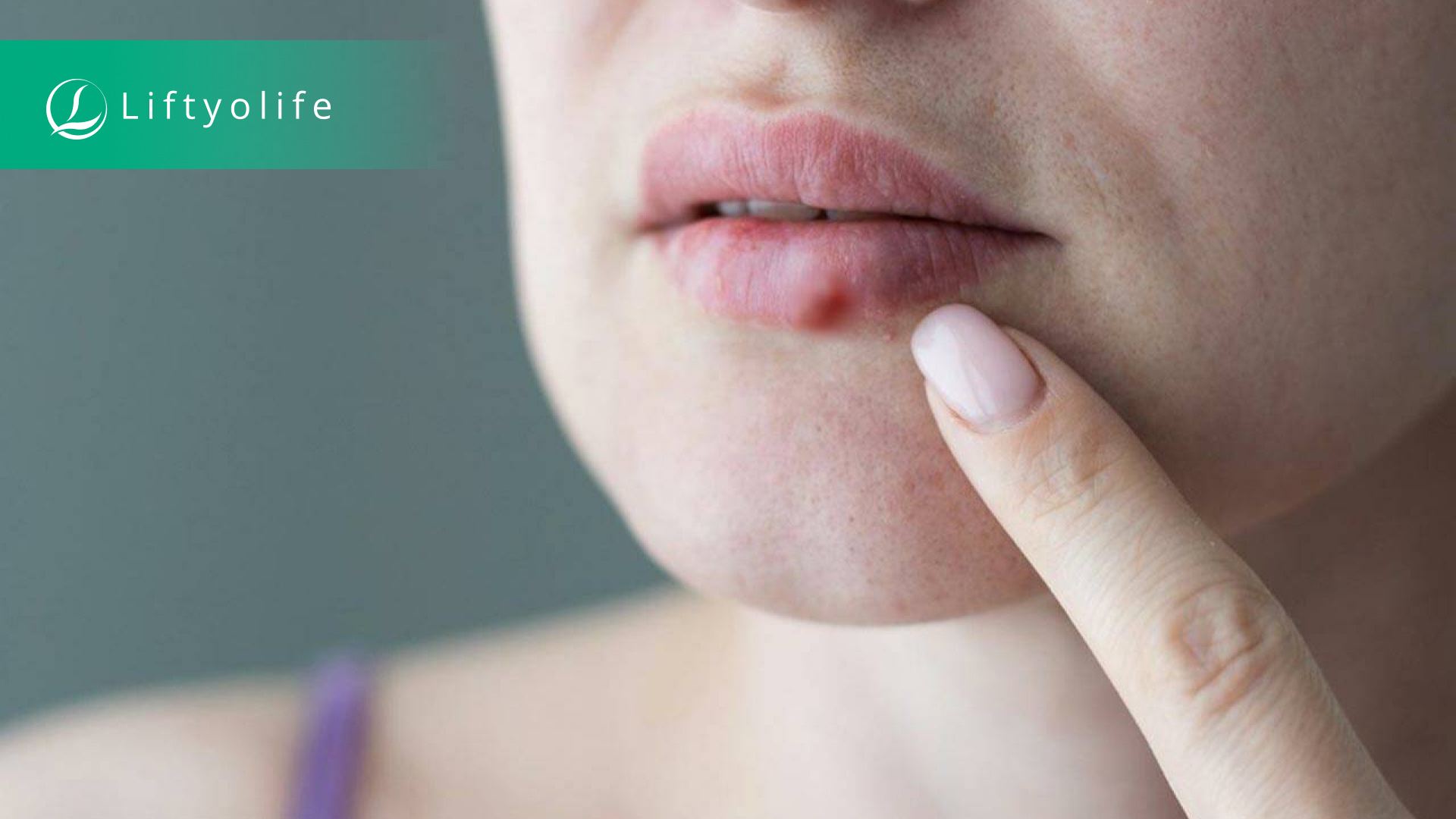
Herpes
What are the signs and symptoms?
Genital herpes symptoms:
- A cluster of itchy or painful blisters appear on your vagina, cervix, vulva, anus, scrotum (balls), penis, buttocks, or inside of your thighs. Blisters rupture and become sores.
- If your urine comes into contact with the herpes sores, you will experience burning.
- Itching.
- Have difficulty peeing because sores and swelling are obstructing your urethra.
- Pain in your genital area.
- Glands in your throat, pelvic area, and under your arms are swollen.
- Fever.
- Chills.
- Headache.
- Feel achy and exhausted.
Oral herpes symptoms:
- Cold sores or fever blisters are sores on your lips or around your mouth.
- You may develop sores inside your mouth, but this is usually limited to the first few times you experience symptoms.
- Cold sores last a few weeks before disappearing on their own. They can reappear after a few weeks, months, or years.
2.2.2. Yeast infection
A yeast infection in the vagina is a fungal infection that causes irritation, discharge, and severe itching of the vagina and vulva — the tissues at the vaginal opening. If you have a yeast infection on your penis, the head of your penis may become inflamed.
A yeast infection is not a sexually transmitted infection. However, there is an increased risk of yeast infection during the first period of regular sexual activity.
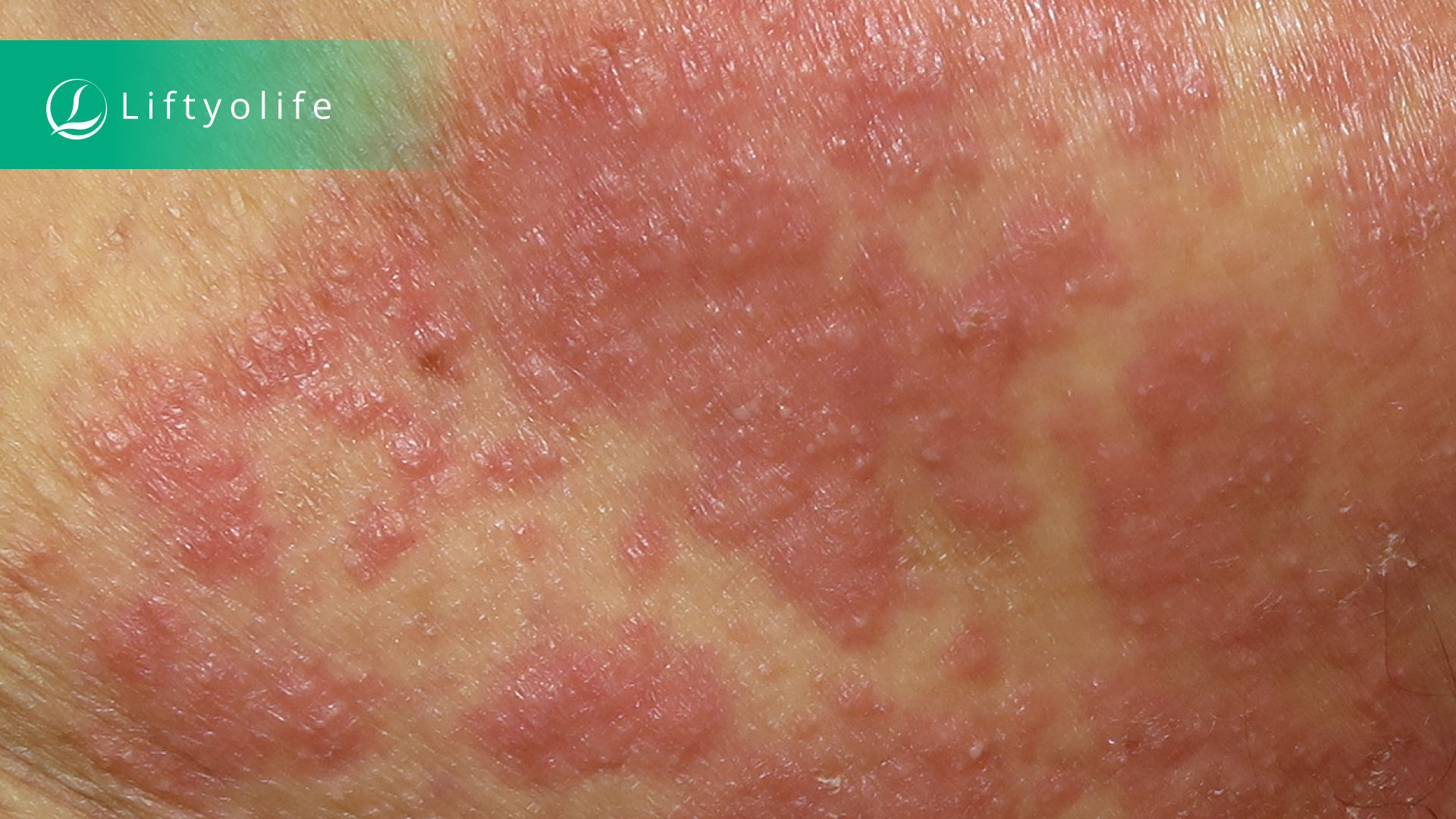
Yeast infection
What are the signs and symptoms?
- Itching and irritation in the vagina, vulva, or penis.
- A burning sensation, particularly during intercourse or urination.
- Swelling and redness.
- Soreness and pain.
- Rash.
- Vaginal discharge: thick, white, odorless, with a cottage cheese appearance.
2.2.3. Shingles
Shingles are a skin infection caused by the varicella-zoster virus, also responsible for chickenpox. That virus becomes inactive in nerve tissue near your brain and spinal cord after you’ve had chickenpox. Then, it may reactivate as shingles years later.
Shingles are not a life-threatening disease, but they can be excruciatingly painful. Shingles are most commonly seen as a single stripe of blisters wrapping around either the left or right side of your torso.

Shingles
What are the signs and symptoms?
- Blisters on the face and body’s sides.
- Painful rash
2.3. Contagious skin diseases in both adults and children
2.3.1. Poison ivy rash
Poison ivy rash is another skin infection caused by an allergic reaction to urushiol, an oily resin. Poison oak, poison ivy, and sumac contain this oily resin in their leaves, stems, and roots. If you come in contact with this oil, wash your skin immediately. It can be extremely itchy and last for weeks if you get a rash. Washing off the oil may help you avoid getting a poison ivy rash.
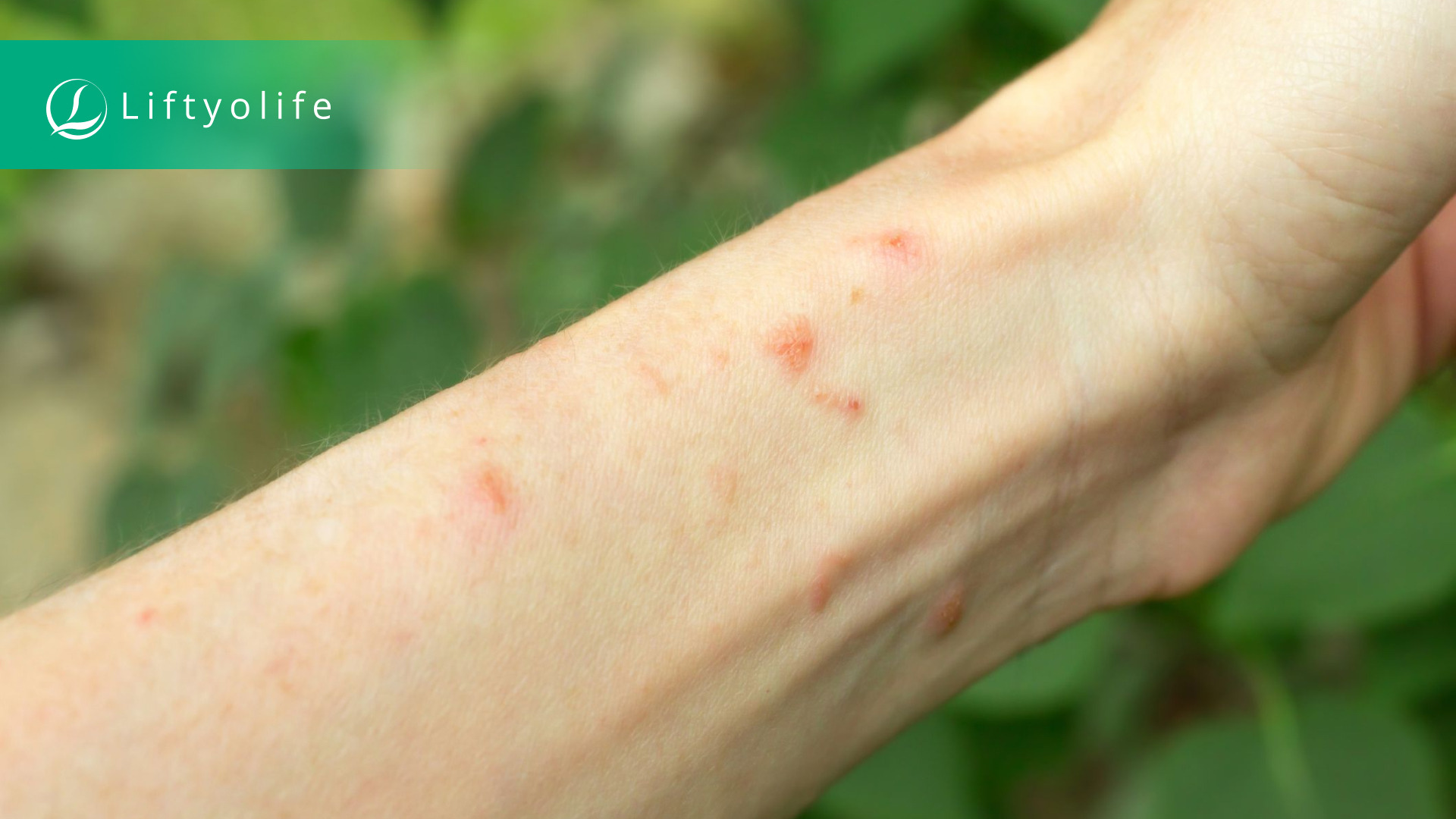
Poison ivy rash
What are the signs and symptoms?
- Poison ivy rash.
- Redness.
- Blisters.
- Swelling.
- Itching.
- Breathing difficulties if you inhaled smoke from burning poison ivy.
2.3.2. Molluscum contagiosum (MC)
Molluscum contagiosum causes round, firm, painless bumps on your skin. The disease can spread to surrounding skin if the bumps are scratched or injured. Molluscum contagiosum spreads via person-to-person contact as well as contact with infected objects.
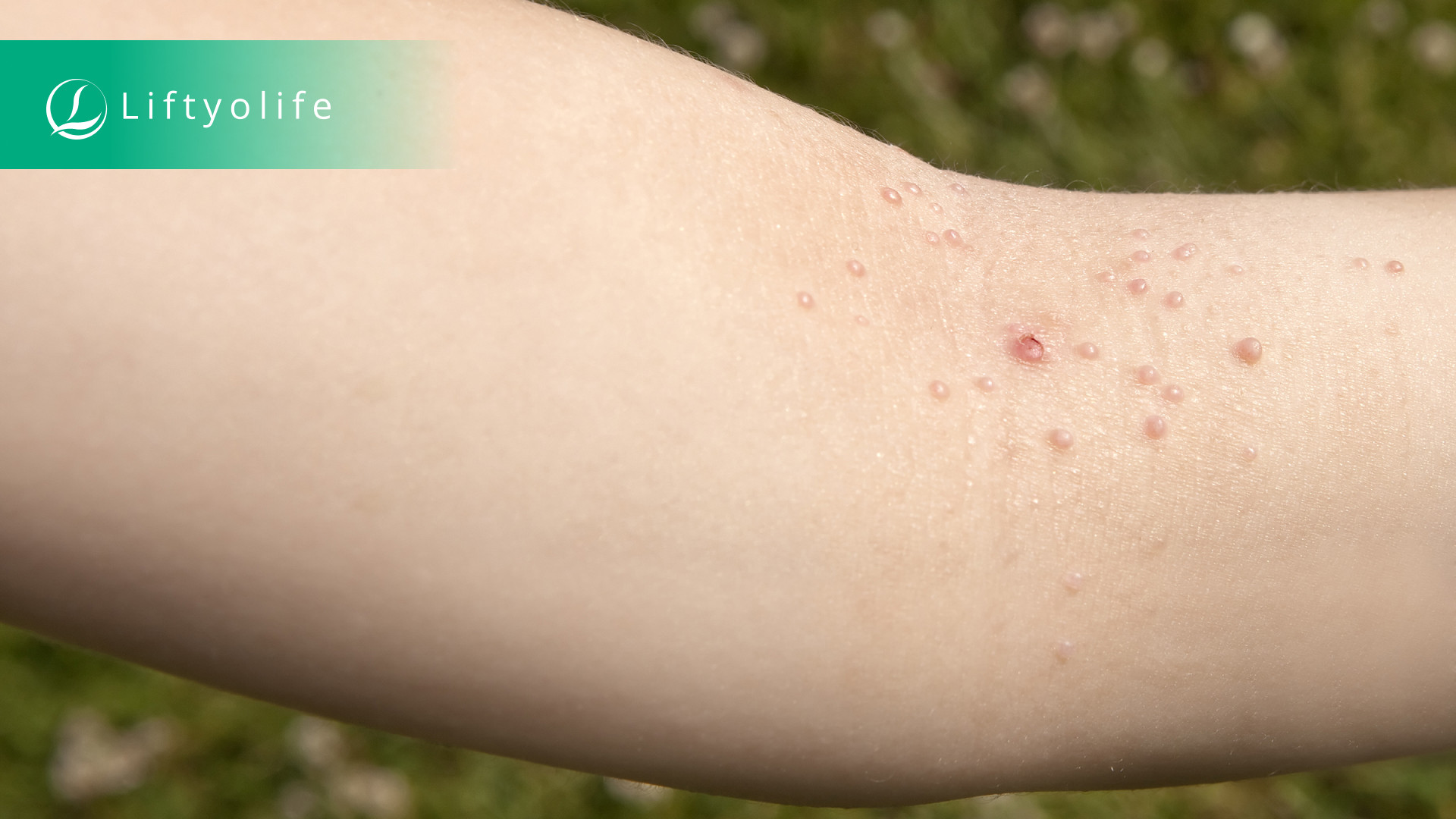
Molluscum contagiosum (MC)
What are the signs and symptoms?
- Raised, small, round, and flesh-colored.
- Can be red, itchy, or inflamed.
2.3.3. Scabies
Scabies is an itchy skin illness caused by Sarcoptes scabiei, a tiny burrowing mite. Itching is severe in the area where the mite burrows. The desire to scratch may be extreme at night.
Moreover, scabies is contagious and can spread quickly in a family, school class, or nursing home due to close physical contact. Scabies, on the other hand, are easily treated. Scabies mites and their eggs are killed by medications applied to the skin.
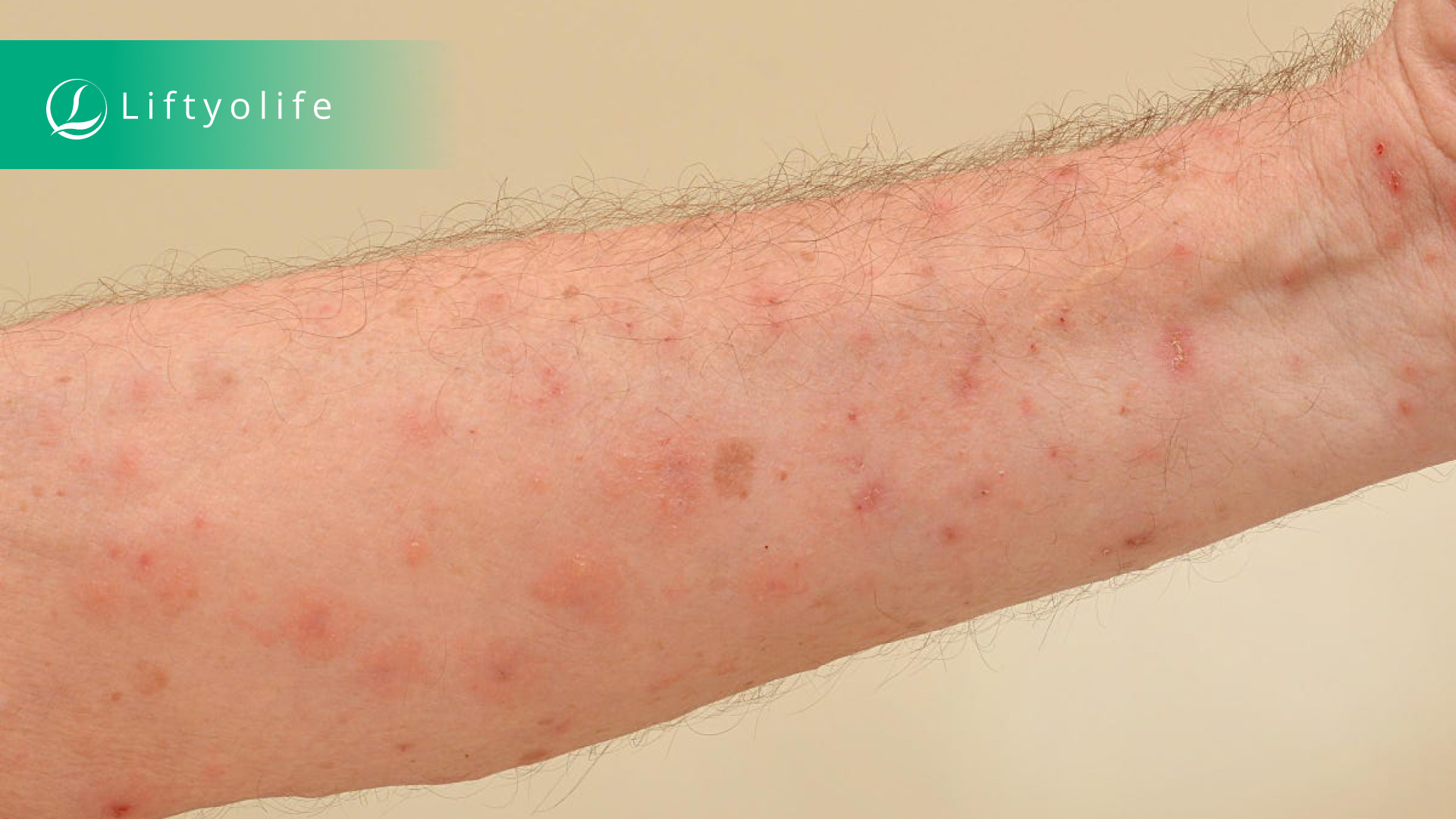
Scabies
What are the signs and symptoms?
- Small blisters or bumps on your skin.
- Itching, which is frequently severe and is usually worse at night.
- Burrows or tracks are typically found in skin folds.
2.3.4. Ringworm
Ringworm is a fungal infection. This fungus is well-known for colonizing gym mats and causing jock itch. It usually appears as an itchy, circular rash with clearer skin in the center.
Athlete’s foot (tinea pedis), jock itch (tinea cruris), and ringworm of the scalp (tinea capitis) are all related to ringworm of the body. Moreover, this disease is frequently transmitted through direct skin-to-skin contact with an infected person or animal.
What are the signs and symptoms?
- The rash can be scaly, dry, swollen, or itchy.
- Itchiness.
- Inside the ring, a clear or scaly area with a scattering of bumps ranging in color from red on white skin to reddish, purplish, brown, or gray on black and brown skin.
- Rings that are slightly raised and expanded.
- Rings overlap.
2.3.5. Methicillin-resistant staphylococcus aureus (MRSA) infection
This infection is caused by a strain of staph bacteria that has developed resistance to many antibiotics used to treat ordinary staph infections. MRSA is classified into CA-MRSA (community-associated MRSA) and HA-MRSA (healthcare-associated MRSA).
- In most cases, HA-MRSA infections are linked to invasive procedures or devices, such as surgeries, intravenous tubing, or artificial joints.
- CA-MRSA starts as a painful skin boil. It is typically spread through skin-to-skin contact. At-risk populations include high school wrestlers, child care workers, and people who live in cramped quarters.
What are the signs and symptoms?
Generally, they begin as swollen, painful red bumps that resemble pimples or spider bites. The affected region could be:
- Full of pus or other drainages.
- Warm to the touch.
- Accompanied by a fever.
3. Treatment options
Some contagious skin diseases clear up on their own and do not interfere too much with daily life. However, the majority of them necessitate over-the-counter or prescription medication:
- Oral medications include
-
- antibiotics for impetigo,
- antiviral medicines for shingles,
- antifungal medications for athlete’s foot and ringworm.
- Topicals include
-
- ointments or antifungal creams for ringworm and athlete’s foot,
- antibiotic ointments for impetigo,
- antifungal powders or sprays for athlete’s foot,
- prescription creams or lotions for scabies,
- acids and blistering solutions to dissolve molluscum contagiosum bumps,
- steroid creams to relieve itching and redness.
- Surgery
-
- Cryosurgery, curettage, and laser surgery remove molluscum contagiosum bumps.
Itching, dry skin, and rashes are common symptoms of contagious skin diseases. Medications, proper skincare, and lifestyle changes can often be used to manage these symptoms. On the other hand, treatment can reduce symptoms and even keep them at bay for months at a time. Bear in mind that most skin cancers are curable if detected and treated early. Let’s learn about and care for your skin with Liftyolife (liftyolife.com) from now on.

